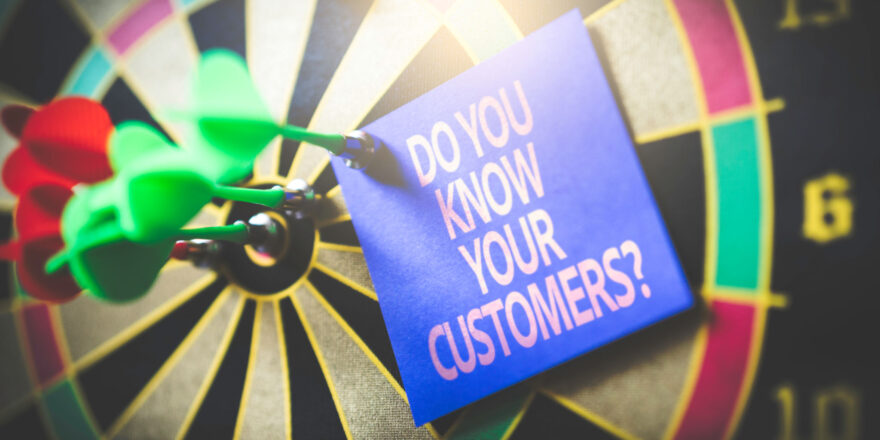Digital marketing is the use of online channels and platforms to promote a product or service. It can help you reach new customers, increase brand awareness, and generate leads and sales. But how do you create a digital marketing strategy that works for your business in 2023? Here are some steps to follow:
1. Define your goals and objectives
The first step in creating a digital marketing strategy is to define your goals and objectives. What do you want to achieve with your digital marketing efforts? Do you want to increase traffic, conversions, revenue, or loyalty? How will you measure your success? Having clear and specific goals will help you focus your strategy and track your progress.
2. Analyze your current situation
The next step is to analyze your current situation. Where are you now in terms of digital marketing? What are your strengths and weaknesses? What are the opportunities and threats in your market? You can use tools like SWOT analysis, competitor analysis, and customer analysis to get a better understanding of your current situation.
3. Identify your target audience
The third step is to identify your target audience. Who are your ideal customers? What are their needs, wants, preferences, and behaviors? How do they use the internet and social media? You can use tools like buyer personas, customer journey maps, and segmentation to create a detailed profile of your target audience.

4. Choose your digital marketing channels
The fourth step is to choose your digital marketing channels. Based on your goals, objectives, and target audience, you need to decide which online channels and platforms you will use to reach them. Some of the most common digital marketing channels are:
- Website: Your website is the hub of your online presence. It should be user-friendly, mobile-responsive, fast-loading, and optimized for search engines and conversions.
- SEO: Search engine optimization (SEO) is the process of improving your website’s visibility and ranking on search engines like Google and Bing. It involves keyword research, content creation, technical optimization, link building, and analytics.
- Content marketing: Content marketing is the creation and distribution of valuable, relevant, and engaging content to attract and retain your target audience. It can include blogs, videos, podcasts, ebooks, infographics, webinars, case studies, and more.
- Social media marketing: Social media marketing is the use of social networks like Facebook, Instagram, Twitter, LinkedIn, YouTube, and TikTok to connect with your audience, build relationships, and drive traffic to your website. It involves creating and sharing content, engaging with followers, running ads, and measuring results.
- Email marketing: Email marketing is the use of email to communicate with your audience, deliver value, and generate leads and sales. It involves building an email list, creating email campaigns, sending newsletters, offers, promotions, and more.
- PPC advertising: Pay-per-click (PPC) advertising is the use of online ads to drive traffic to your website or landing page. You only pay when someone clicks on your ad. The most popular PPC platforms are Google Ads and Facebook Ads.
- Influencer marketing: Influencer marketing is the use of influential people or celebrities to endorse or promote your product or service to their followers. It can help you increase brand awareness, trust, and credibility among your target audience.
5. Create a content plan and calendar
The fifth step is to create a content plan and calendar. Based on your chosen digital marketing channels, you need to plan what type of content you will create, when you will publish it, and how you will distribute it. A content plan and calendar will help you organize your content strategy and ensure consistency and quality.
6. Implement and execute your strategy
The sixth step is to implement and execute your strategy. This is where you put your plan into action and start creating and publishing your content across your digital marketing channels. You need to follow the best practices for each channel and ensure that your content aligns with your goals, objectives, and target audience.
7. Monitor and measure your results
The final step is to monitor and measure your results. You need to track the performance of your digital marketing strategy using tools like Google Analytics, Google Search Console, Facebook Insights, email marketing software etc. You need to analyze the data and metrics that matter for your goals and objectives such as traffic sources , bounce rate , conversion rate , cost per acquisition , return on investment etc.
You also need to test different elements of your strategy such as headlines , images , calls-to-action , keywords , ad copy etc. using tools like A/B testing , heatmaps , surveys etc. You need to identify what works well and what needs improvement and make adjustments accordingly.
Conclusion
Creating a digital marketing strategy for your business in 2023 is not a one-time task. It is an ongoing process that requires planning, implementation, monitoring, and optimization. By following these steps, you can create a digital marketing strategy that helps you achieve your goals and objectives and grow your business online.





